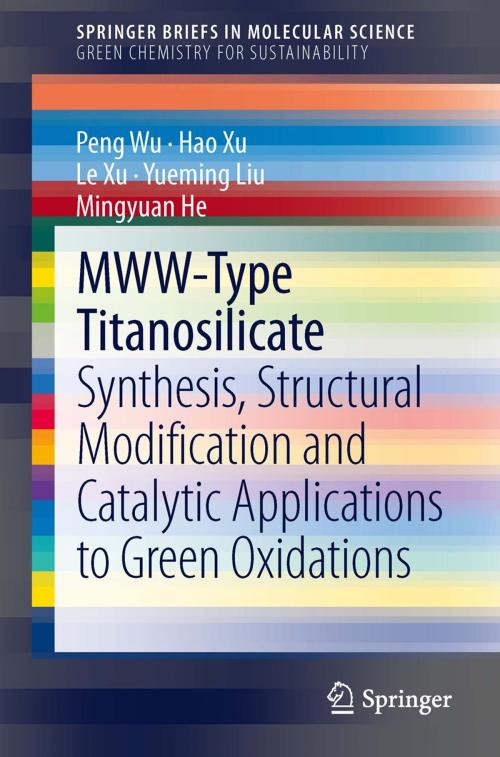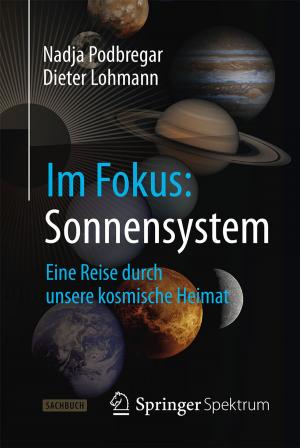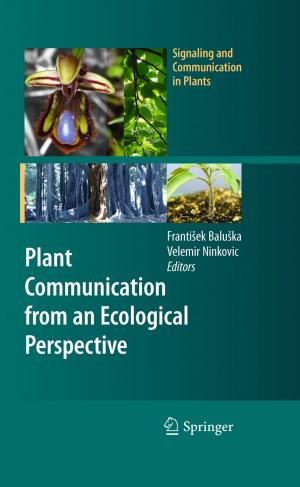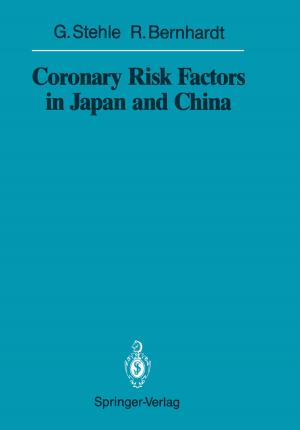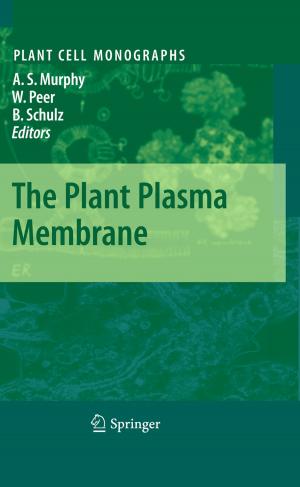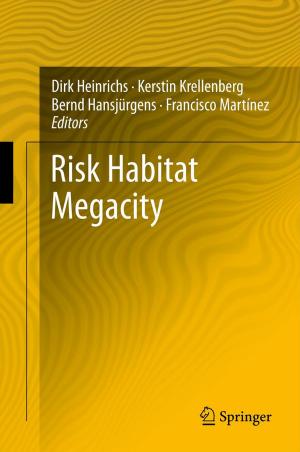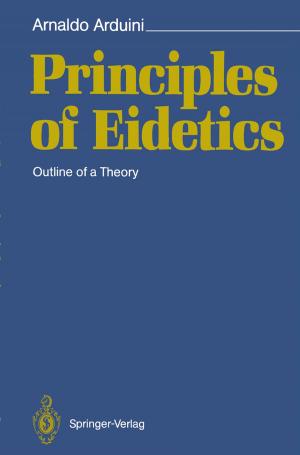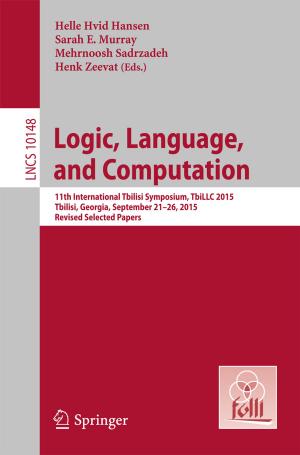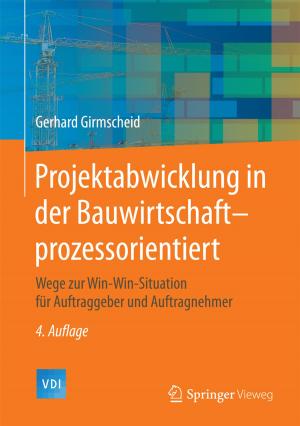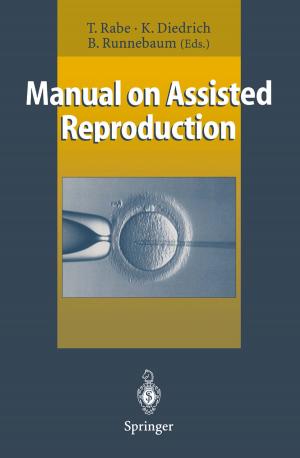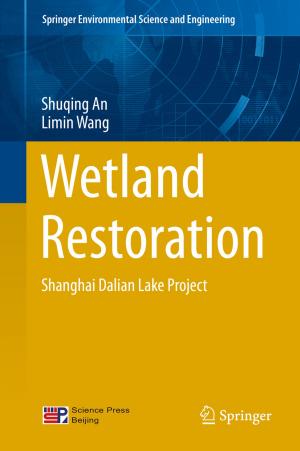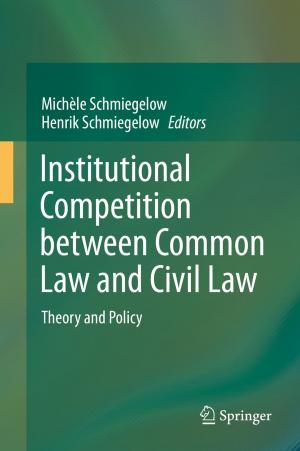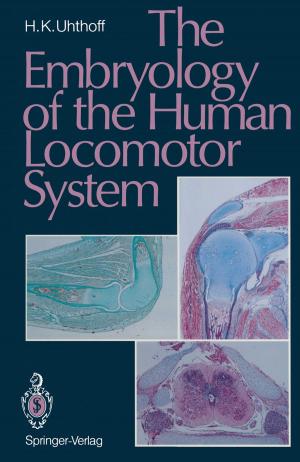MWW-Type Titanosilicate
Synthesis, Structural Modification and Catalytic Applications to Green Oxidations
Nonfiction, Science & Nature, Science, Chemistry, Technical & Industrial, Biological Sciences, Environmental Science| Author: | Peng Wu, Hao Xu, Le Xu, Yueming Liu, Mingyuan He | ISBN: | 9783642391156 |
| Publisher: | Springer Berlin Heidelberg | Publication: | August 4, 2013 |
| Imprint: | Springer | Language: | English |
| Author: | Peng Wu, Hao Xu, Le Xu, Yueming Liu, Mingyuan He |
| ISBN: | 9783642391156 |
| Publisher: | Springer Berlin Heidelberg |
| Publication: | August 4, 2013 |
| Imprint: | Springer |
| Language: | English |
This book provides a comprehensive review of a new generation of selective oxidation titanosilicate catalysts with the MWW topology (Ti-MWW) based on the research achievements of the past 12 years. It gives an overview of the synthesis, structure modification and catalytic properties of Ti-MWW. Ti-MWW can readily be prepared by means of direct hydrothermal synthesis with crystallization-supporting agents, using dual-structure-directing agents and a dry-gel conversion technique. It also can be post-synthesized through unique reversible structure transformation and liquid-phase isomorphous substitution. The structural conversion of Ti-MWW into the materials usable for processing large molecules is summarized. Taking advantage of the structure diversity of the lamellar precursor of Ti-MWW, it can be fully or partially delaminated, and undergo interlayer silylation to obtain a novel structure with larger porosity. In the selective oxidation (alkene epoxidation and ketone/aldehyde ammoximation) with hydrogen peroxide or organic peroxide as an oxidant, the unique catalytic properties of Ti-MWW are described in comparison to conventional titanosilicates such as TS-1 and Ti-Beta.
This book provides a comprehensive review of a new generation of selective oxidation titanosilicate catalysts with the MWW topology (Ti-MWW) based on the research achievements of the past 12 years. It gives an overview of the synthesis, structure modification and catalytic properties of Ti-MWW. Ti-MWW can readily be prepared by means of direct hydrothermal synthesis with crystallization-supporting agents, using dual-structure-directing agents and a dry-gel conversion technique. It also can be post-synthesized through unique reversible structure transformation and liquid-phase isomorphous substitution. The structural conversion of Ti-MWW into the materials usable for processing large molecules is summarized. Taking advantage of the structure diversity of the lamellar precursor of Ti-MWW, it can be fully or partially delaminated, and undergo interlayer silylation to obtain a novel structure with larger porosity. In the selective oxidation (alkene epoxidation and ketone/aldehyde ammoximation) with hydrogen peroxide or organic peroxide as an oxidant, the unique catalytic properties of Ti-MWW are described in comparison to conventional titanosilicates such as TS-1 and Ti-Beta.
